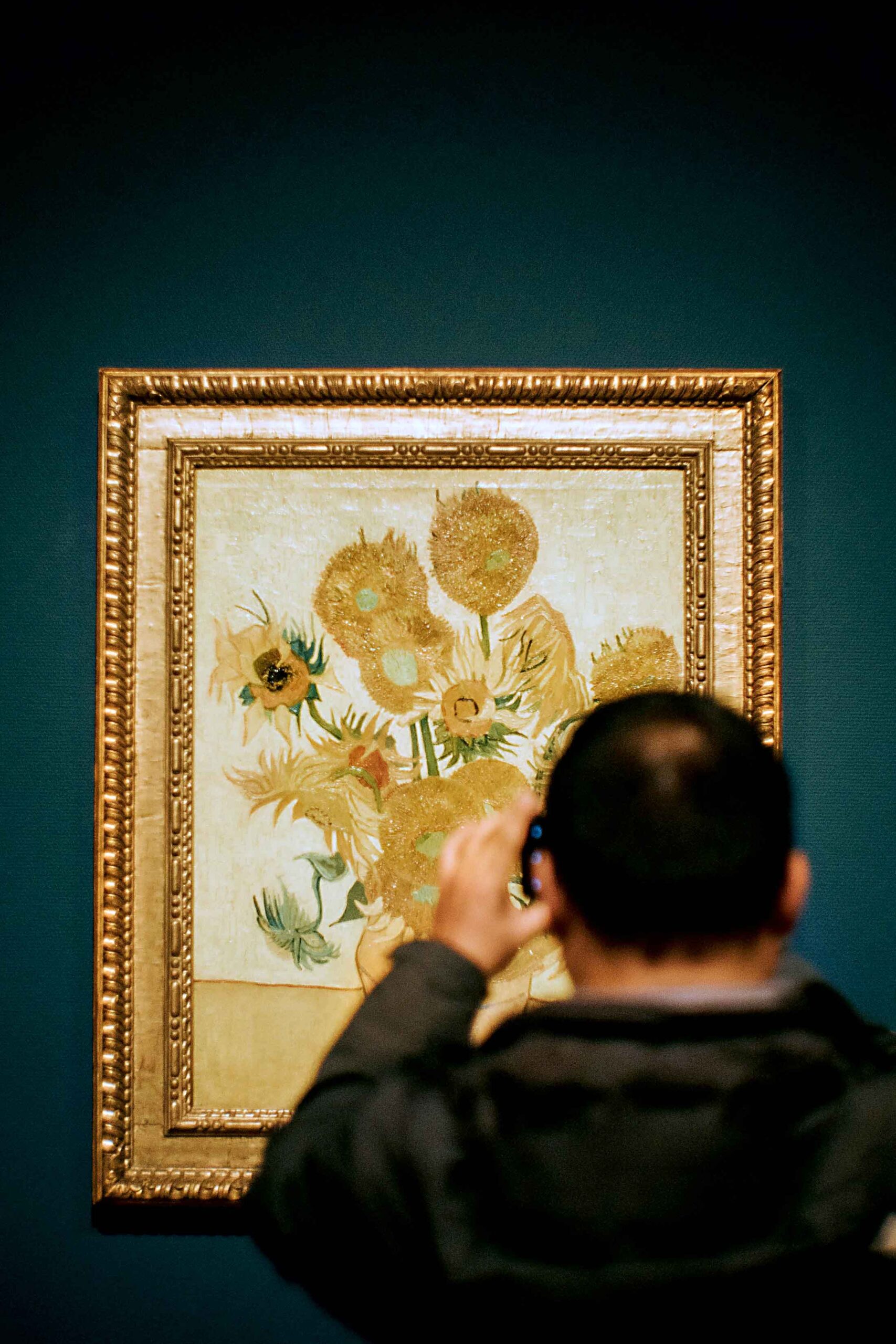 CHANGING ICONOGRAPHY OF WOMAN POWER / SHAKTI IN INDIA
CHANGING ICONOGRAPHY OF WOMAN POWER / SHAKTI IN INDIA
It is ironic that a nation that has venerated
and held in an exalted position Goddess or
Shakti , is also living with the ignominy
of both practicing and accepting female
foeticide Shakti has been revered since pre-
Vedic times, and over time, the imagery
has evolved into a full-fl edged iconography,
synergizing Vak(words or sound) and Chit(
mind).Th e earliest images are dated c.3000
B.C. Harrappan Civilization in the form of
fi gurines in terracotta and bronze.A female
form, set in terracotta , having a rather
elaborate head-gear, large eyes (as if keeping
a watch) , bare breasts, and bejeweled torso
was essentially the woman-power being
shaped in plastic art. A bronze fi gurine of a
young girl in her puberty, commonly known
as “Dancing Girl”, depicted in contrapposto
stance, is actually manifestation of womanpower.
Th e confi dent and so called indolent
look actually is the power of Shakti. Worship
of a young girl is still a custom in Nepalese
tradition. Both before mentioned fi gurines
are the predecessors in the trajectory of
development of iconography seen later in
religio-artistic milieu of India.
Vedic period further credited power
to the deity, legitimating her as “Shakti’.
Th e religious leaders attributed verses and
mantras to Shakti that, in order to relate with,
had to be given a visual identity. Jayanti, Mangla, Kali, Bhadrakali,
Kapalini, Durga, Kshma, Shiva, Dhatri, Svaha and Svdha Namostutey
(Salutation to Jayanti,Mangla,Kali,Bhadr akali,Kapalini,
Durga,Kshma,Shiva,Dhatri,Svaha and Svadha)

